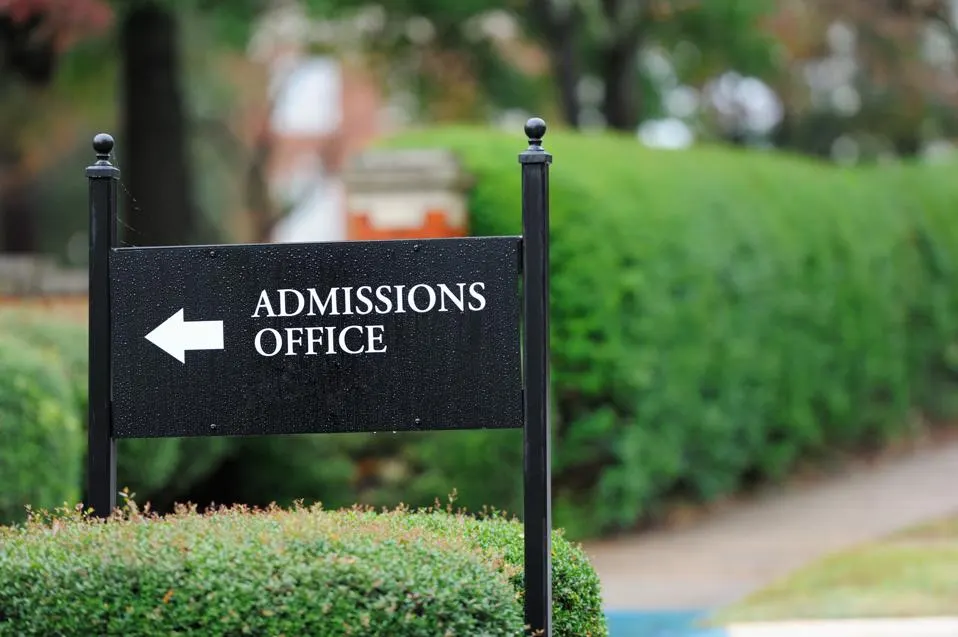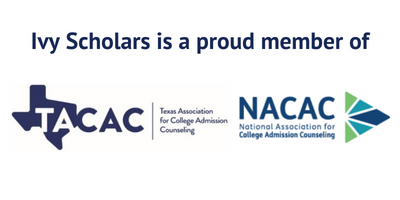Colleges are finally beginning to release their admissions results broadly from this past admissions cycle, meaning we can at least see where the landscape sits. In this article, we’re going to go over admissions data from the 2024-25 admissions period, and discuss some trends we see. This will cover both broader trends, and some we have seen from our own students. We will then look at how this compares to previous years, and what all of this data means for the students who will be applying to colleges this fall. After all, knowing is half the battle (or so it has been said at any rate). We want to help you understand the admissions landscape, and what your own application journey will entail. Let’s get started!
Acceptance Rates for the Class of 2029
Not every college has yet published an acceptance rate, but a good many have. We are going to include all the schools which have released results; we will update this table in the future as more results are released.
| College | Students Admitted | Acceptance Rate 2025 | Acceptance Rate 2024 |
| Boston College | 5,000 | 12.6% | 15.9% |
| Boston University | 9,059 | 12% | 11.1% |
| Brown | 2,418 | 5.7% | 5.4% |
| Caltech | N/A | N/A | 3.1% |
| Columbia | 2,557 | 4.3% | 3.9% |
| Cornell | 5,824 | N/A | 8.4% |
| Dartmouth | 1,702 | 6% | 5.4% |
| Duke | 2,818 | 4.8% | 5.4% |
| Emory | 3,762 | 10% | 10.3% |
| Georgetown | 3,267 | 12% | 12.9% |
| Georgia Tech | 8,520 | 12.7% | 14.1% |
| Harvard | N/A | N/A | 3.7% |
| Johns Hopkins | N/A | N/A | 6.4% |
| MIT | 1,324 | 4.5% | 4.6% |
| NYU | 9,240 | 7.7% | 9.2% |
| Northeastern | N/A | N/A | 5.2% |
| Northwestern | 3,710 | 7% | 7.6% |
| Princeton | N/A | N/A | 4.6% |
| Rice | 2,852 | 7.8% | 8% |
| Stanford | N/A | N/A | 3.6% |
| Tufts | 3,507 | 10.5% | 11.5% |
| UC Berkeley | N/A | N/A | 11% |
| UCLA | N/A | N/A | 8.9% |
| UChicago | N/A | N/A | 4.5% |
| University of Michigan | N/A | N/A | 15.6% |
| UNC Chapel Hill | N/A | N/A | 15.3% |
| UPenn | N/A | N/A | 5.4% |
| USC | 8,700 | 10.4% | 9.8% |
| UT Austin | N/A | N/A | 26.6% |
| UVA | 9,900 | 15% | 16% |
| Vanderbilt | 2,304 | 4.6% | 5.9% |
| WashU | N/A | N/A | 12.1% |
| Yale | 2,308 | 4.6% | 3.9% |
Schools with a mark of N/A have not yet released full admissions details for this year yet. Note that several schools, including Harvard, are holding off from releasing this data intentionally. We will draw the conclusions we can from the data we do have.
What the Data Tells Us About Admissions in 2025
So this isn’t a full picture of admissions data, but it is a reasonable overview, and does paint a picture of what admissions looked like at top colleges. The question then becomes what this data tells us.
The first trend we can see is a lack of a single distinct trend. Some schools saw more applications, some fewer. Some schools saw their acceptance rates actually increase, while others continued to decline. There were many different forces at play, but there is no single overarching concern that drove applicants. Thus we will need to look for smaller and more focused narratives.
One thing that jumps out is that every Ivy League school who reported data (Brown, Dartmouth, Columbia, and Yale), saw their application numbers drop, and their acceptance rate increase slightly. These are not huge changes; just an increase of a few percentage points. Still, the fact that all of these schools saw this shift is significant.
Our primary guess for why this is is these schools winding down test-optional policies, and once again requiring students submit standardized test scores. Columbia alone didn’t, but they were in the news a fair amount anyway, and this likely caused its own decline in application rates.
The other broad trend is that acceptance rates did decline, but only slowly in most cases. These are drops of a point or two, not the precipitous falls in acceptance rates we have seen in some previous years. We believe that applications as a whole are levelling out; there is a demographic trough coming based on US population trends, so there will be fewer students to apply to colleges. At the same time, the trend of students submitting more applications is increasing, but this is reaching its natural limits as well.
Admissions Trends to Look for in Fall 2025
So now that we have all of the data from last year, what trends can be predicated for the admissions cycle to come? To answer this, we are both going to look at what we see in the data this year, and what other trends may impact college applications and enrollments.
Test Optional Policies
At this point, colleges have generally settled on whether they are going to be test optional for the long haul or not. As we have seen, when colleges reinstate testing requirements, it drives down the number of applicants, often by a noticeable amount. Now that these policies are back in place at most schools however, we expect these fluctuations to stabilize.
For our students, and indeed generally, we do recommend taking standardized tests still. There are a fair number of schools and scholarships which require them, and even at test optional schools, scoring well on these tests can improve your odds of admission. You may change your application strategy based on the scores you get, but you should still take these tests, and try to do well on them.
Policy Changes
A number of colleges have made the news recently; we’ve talked about this ourselves a few times, as new government policies and priorities have put some elite schools squarely in their sites. This has caused concern with students and parents, and is likely to cause ripple effects through applications as well.
We saw the number of students applying to Columbia decline slightly this year, as the many negative headlines caused some students and parents to wonder if they would be better served elsewhere. We anticipate that this will continue and spread to other schools, most notably Harvard. While it remains to be seen how much of an impact this will have on overall application rates, some schools are likely to suffer more than others.
For your own applications, whether or not you apply to these schools must be a personal decision. There are risks of course, but there always are when it comes to college applications.
Cost
The final factor we expect to impact admissions this year is cost. College is expensive, and many students already make choices on where to apply based on cost, and the possibility of financial aid. As the cost of tuition bumps against the $100,000 mark, more and more students are considering an in-state flagship public school, rather than a perhaps more prestigious but also far more costly private school.
This may not impact application or acceptance rates, but we believe will impact yield rates, as more students choose to attend a school which offers a generous financial aid package.
Final Thoughts
Admissions is an ever shifting thing, responding to changing trends and circumstances. These are rarely fast changing (except in truly interesting times), but instead show a steady pace. After all, college admissions are a very long process, and primarily happen only once per year. Thus it takes a while before the impacts of any single influence can be seen.
We hope this article has given you the insight you need into the trends that are likely to impact admissions in 2025, and how this might affect your own college application journey. Of course, your own circumstances are unique, and so too must be your college application strategy. If you want more personalized advice, or help in crafting your own strategy, then schedule a free consultation with us today. We have a long experience helping students get into the best colleges for them, and are always happy to hear from you.








